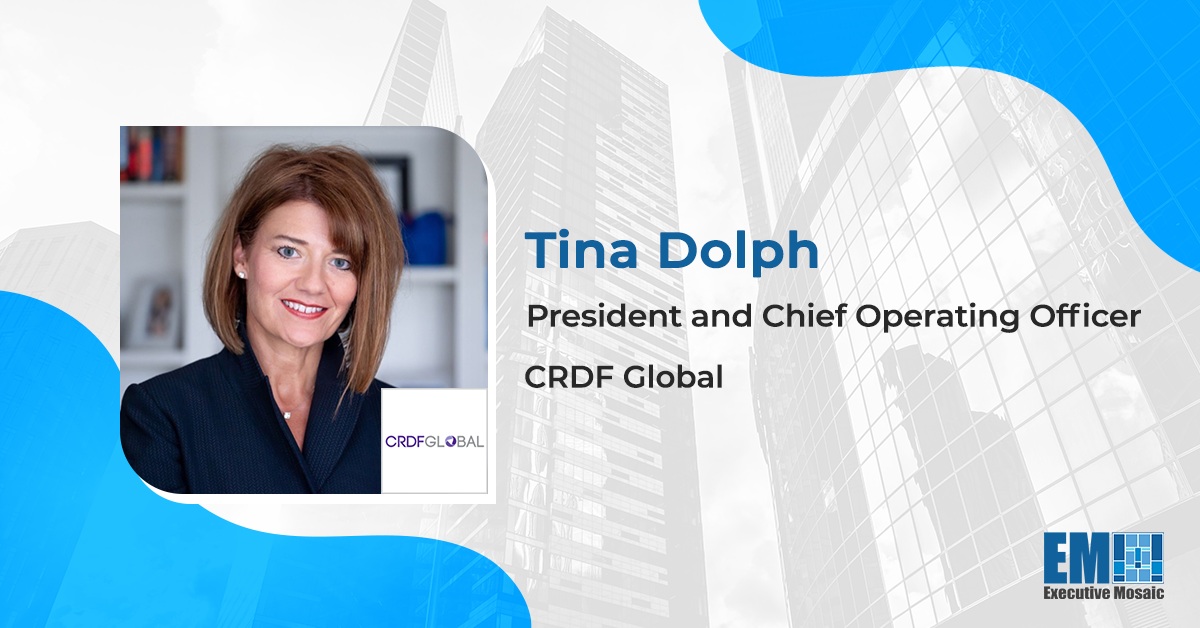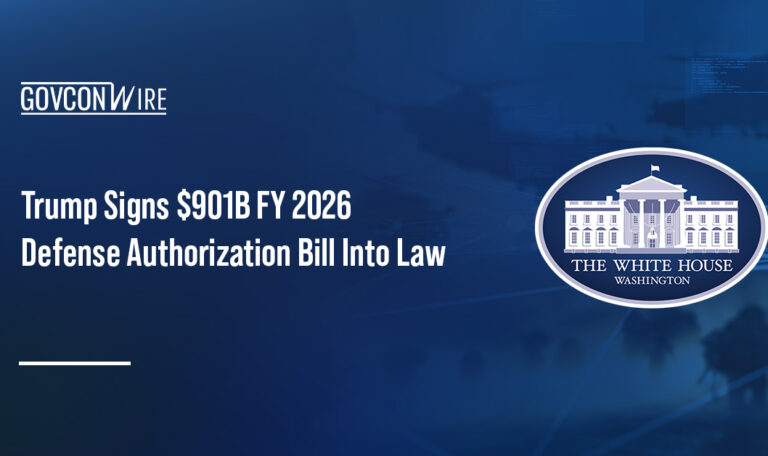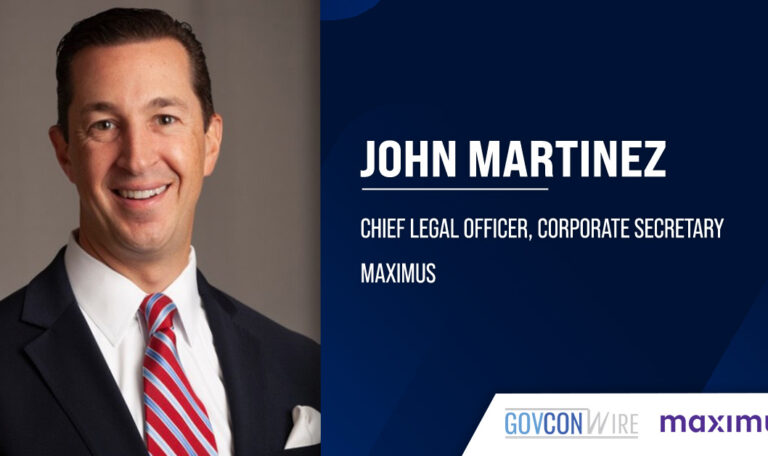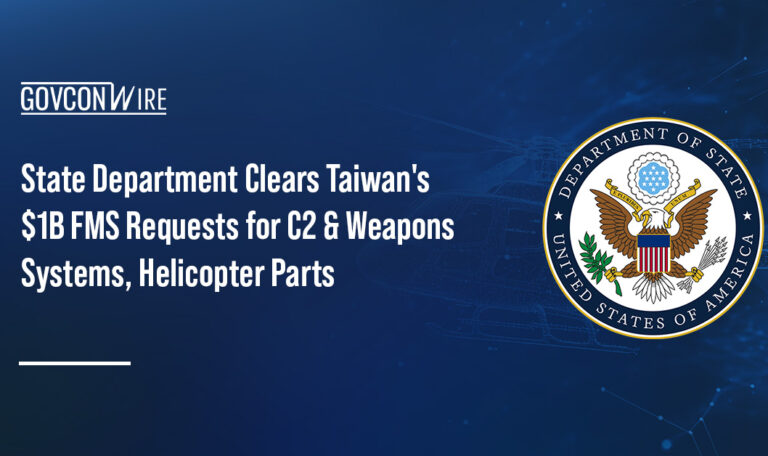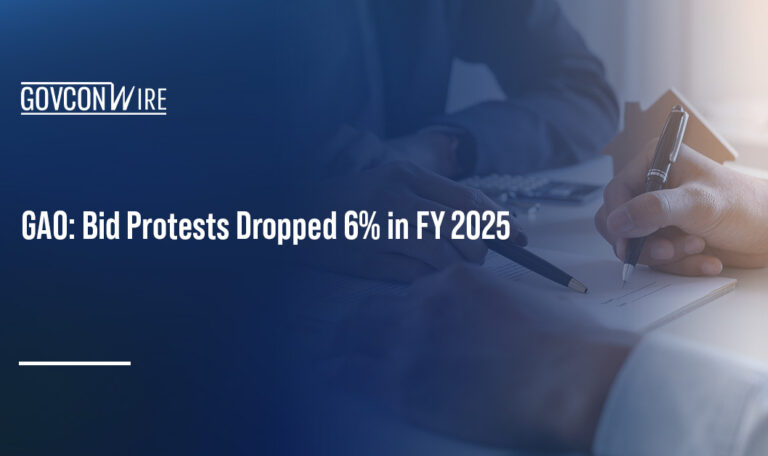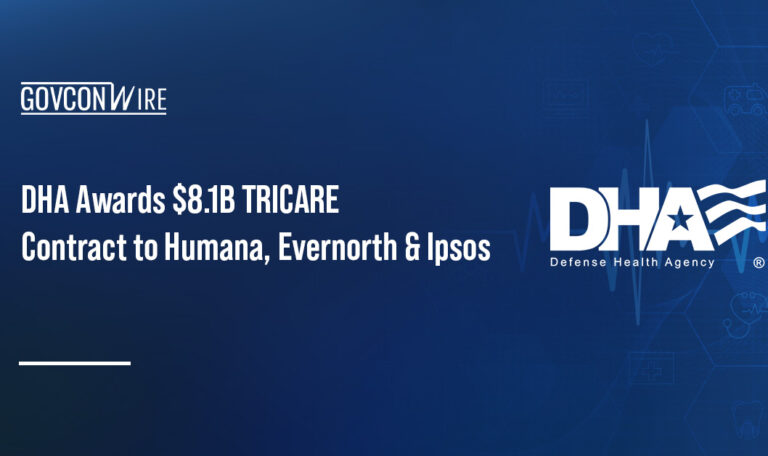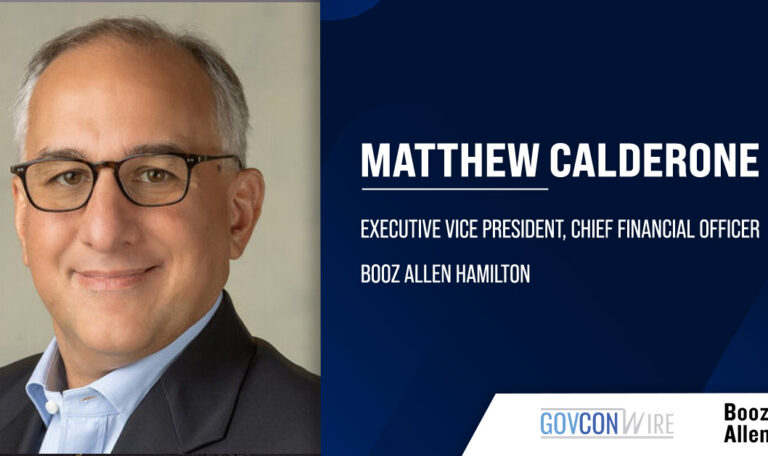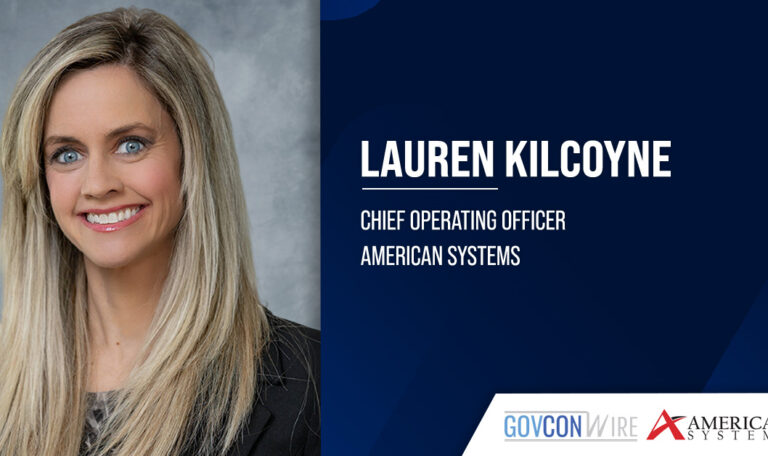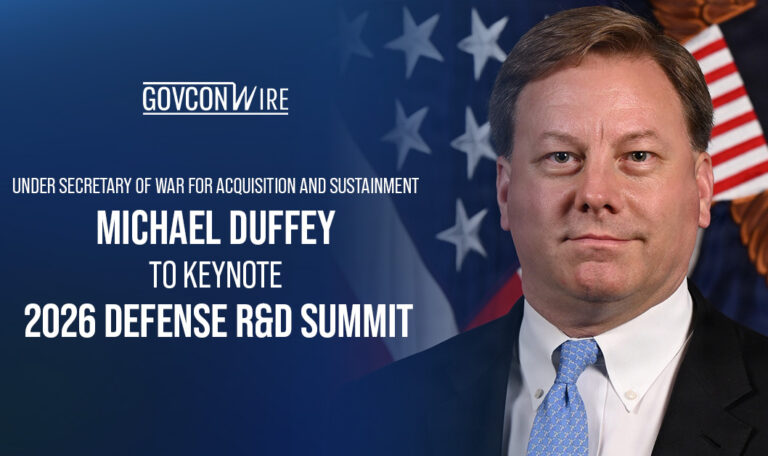In recent years, major geopolitical events like the Russian re-invasion of Ukraine have taught global leaders important lessons about potential future conflicts, the importance of cybersecurity and the vulnerabilities adversaries can exploit. But how are these lessons translating into actions?
Tina Dolph, president and chief operating officer for CRDF Global, spoke with Executive Mosaic about how her organization is working to harness key insights to enhance global security and create a more safe and sustainable future. Dolph, a four-time Wash100 Award winner, previously held top leadership roles at companies including Siemens Government Technologies, ASRC Federal, PAE and Lockheed Martin.
Read below for Tina Dolph’s Executive Spotlight interview.
Can you talk about CRDF Global’s mission? What opportunities for increased impact are you seeing for the company, and what new capabilities are you considering as a result?
Our mission is pretty straightforward. Our goal is to improve our world through advancing security, health and economic progress throughout the world. We do that by mitigating threats — anything that threatens the security of the global community — and building capacity and resilience against those threats around the world. It’s more than just national security.
Our belief is that, if as a global community we are more secure, then as a nation we are more secure. We work towards this vision largely through science, technology, innovation and collaboration with partners and stakeholders around the world.
CRDF Global was founded through an act of Congress, the Nunn-Lugar Act, 27 years ago. With the fall of the Soviet Union in the early nineties, the U.S. government was concerned about the future of Russian nuclear scientists and other technologists and how their skills might be used during a time of political uncertainty. The U.S. government established a fund from which grants would be made to foster alternatives to weapons research. A third party was needed to help administer that fund, which was the genesis of CRDF — the Civilian Research & Development Foundation.
For years and years, that was our focus. We consider nuclear non-proliferation, chemical and biosecurity as core pillars of what we do. But as time has passed, the threats have evolved, and so have our mission and focus areas.
Global health is a more recent addition to our portfolio. Our world was shaken by a pandemic, and we’ve seen how when something happens in one part of the world, we can all quickly be affected — our citizens, our economies and all aspects of life. CRDF Global has a slate of leading scientists and partner organizations who focus on these threats and solutions, and their impact in the areas of biological safety and security.
Another emerging threat that we’re addressing is the impact of climate change on global security. We’re focusing on food security and what actions we can take when a nation becomes food scarce or water scarce, and how we can help mitigate risks to the surrounding region and ultimately the globe.
We’re also focused on the concept of digital resiliency. The war in Ukraine, unfortunately, has taught us many lessons in vulnerability. We are right now in the middle of a kinetic war, but also a cyber war. In the early days of the war, there were many attempts by Russia to penetrate Ukrainian energy systems and communication systems, but these were well defended thanks to the proactive Ukrainian cybersecurity posture. We are engaged in efforts to strengthen this posture for the immediate and long-term defense of critical infrastructure in Ukraine and in other regions around the world where there is high risk.
Given the digital component of nearly every aspect of life these days, information security is a consideration not only in our cybersecurity programs, but in nearly every type of threat mitigation. We recently hired our first ever chief technology officer, Ankur Rawat, to focus on these global issues, identify what role technology plays in them, and shape our response accordingly. We’re positioned to bring more technical expertise to our funders and stakeholders around these new global threat areas.
Tell me about CRDF Global’s culture and core values. What aspects of the company do you think are contributing most to its success?
Culture and values are the key reasons I joined this team. CRDF Global has committed to a deep introspection around its culture and what’s important to its employees. We have dedicated a lot of time to defining our ‘why,’ and grounded that big idea into three simple statements: to improve our world; to build relationships, and lastly, to strengthen individuals. A big part of our goal is making the people in our organization stronger than they were previously, and extending that same idea to our partners and our funders and so forth. We have seen the ripple effect of strengthening individuals and how that impact is magnified — sometimes quickly, sometimes gradually — through relationships. Through this model, we have measured positive outcomes around the world and look forward to expanding them.
We’ve also spent a lot of time thinking about our values, and they’re pretty simple too. The first one is to do the right thing — not the easy thing or the quick thing, but the thing that’s right. It’s often hard and messy, but right.
We also work together as a team to deliver excellence. We all know the cliché phrase, ‘There’s no I in team,’ but we truly mean that. We are much stronger together than we are separately, and we work hard together to do the best job we can for our funders and our clients.
But I think the most important one is caring about each other and the people we work with — it all has to start with having our heart in our work. So if we do the right thing, we deliver excellence and we care about each other, the mission becomes a whole lot easier.
The whole culture at CRDF Global is centered on people, and that’s really important to me. We focus on having a diverse team in many different ways and celebrate those differences. Our workforce has become much more globalized in recent years, and as we’re opening new offices around the world, we hire people local to that area for their regional expertise.
We have a special interest in promoting women in STEMM, knowing how underrepresented women are in these fields and how important they are to various aspects of security around the world. I’m very proud of the variety of programs we have designed to focus on women in STEMM and security, from fellowships to specialized training sessions, networking and speaking opportunities.
Can you talk about how cybersecurity has impacted or changed the national security paradigm? What new trends or shifts are you seeing at the intersection of cybersecurity and national security, and how are those trends influencing the public sector today?
I’ll start by bringing it back to what we’re learning from Ukraine. CRDF Global was operating in Ukraine prior to the re-invasion, primarily working in partnership with the U.S. State Department to deliver cyber hygiene training and hosting events like defense hackathons. We led a program involving Ukrainian military veterans who were interested in cybersecurity and improving their skills in that capacity which was incredibly impactful.
Since we were already in country when the re-invasion took place, we gained a very direct and unfiltered perspective and learned firsthand about the importance of cybersecurity to global security. We also learned that logistics and readiness for global cybersecurity assistance were in their infancy. Consider that when there’s a critical need in an allied nation, the U.S. Department of Defense is probably the best in the world about getting the troops, ammunition and support that is needed to a place where they can be used. But when it comes to helping a nation with its cybersecurity posture, or cyber defense assistance, we don’t have a model for that. Most of what is needed in a cyber war is not owned by the U.S. government; rather, it’s owned by industry. In the early days of the war, we saw this great need — for things like licenses to figure out where the cyber-attacks were coming from and data analytics — but the answers to the need were housed in industry companies like Mandiant, Microsoft and Recorded Futures
As a nonprofit in this space, CRDF Global is in a unique position to help bring these teams together, and we’ve started a conversation about how this model should work going forward. We now have what has been coined CDAC, our Cyber Defense Assistance Collaborative, which is composed of companies that have volunteered to help meet the needs of Ukraine. We’re matching up the needs identified through Ukrainian government agencies with the teams who have volunteered to assist, and it’s been helpful in getting through this current conflict. But the big question is: how do we do this next time? The experience has taught us to be more forward-looking in considering how global cybersecurity relates to the security of our nation, so we are now having that conversation with senior people in government and industry to determine where does cyber responsibility sit across government, industry and nonprofit players. The role we’re playing, as an NGO interested in this arena, is trying to facilitate those conversations and bring in the technologists that we need at CRDF Global to help create that model for cyber defense assistance going forward.
As you’ve mentioned, CRDF Global has a network of global hubs around the world. How does this network enable your mission and why is it important to the work you do?
The origins of CRDF Global stem from programs under the U.S. State Department, and our headquarters have historically been here in Arlington, Virginia. As we’ve evolved and our programs matured, it became clear that our understanding of global security threats and our programs’ impact would be greater if our workforce included teams spread across various regions of the world to help us figure it out and execute the work. This model went into effect about six or seven years ago.
Prior to this, CRDF Global had some offices outside of the country, but the major shift has been in mindset and decentralizing the leadership and operations of the company. Our goal now is to have regional hubs around the world working together to create solutions for these global issues. Rather than hiring expats and temporarily relocating them, which is how many other companies in our space operate, our hubs hire local employees because we believe we’re better able to understand and serve needs if our teams are local to the community, part of the fabric of the area and vested in the solution.
Our office in Amman, Jordan is our oldest and most mature. As I mentioned earlier, we are very focused on women in science and technology, and in Jordan our top three executives are female and very high performing, a shining example in that region and to the rest of the company of strong female leadership. We have another regional hub in Kyiv, Ukraine, which is the center of our large operational footprint in Eurasia. And just a few months ago we opened a hub in the Philippines in response to many of our partners expressing a need in Southeast Asia. In fact, our team in Manila held its first cybersecurity workshops during the same week of our grand opening, which gives you an idea of the interest and need in this area. It is also an example of the dedication and talent of our workforce, which again is really our secret to success.
From our newest employee in Manila to the veterans from our early days, we all come together with the same values and the same reason ‘why.’ And with our latest expansion, we can now officially say the sun never sets on CRDF Global, because while we’re powering down in Arlington, the team in Manila is getting to the office, and the support we provide to our missions around the world does not stop.


